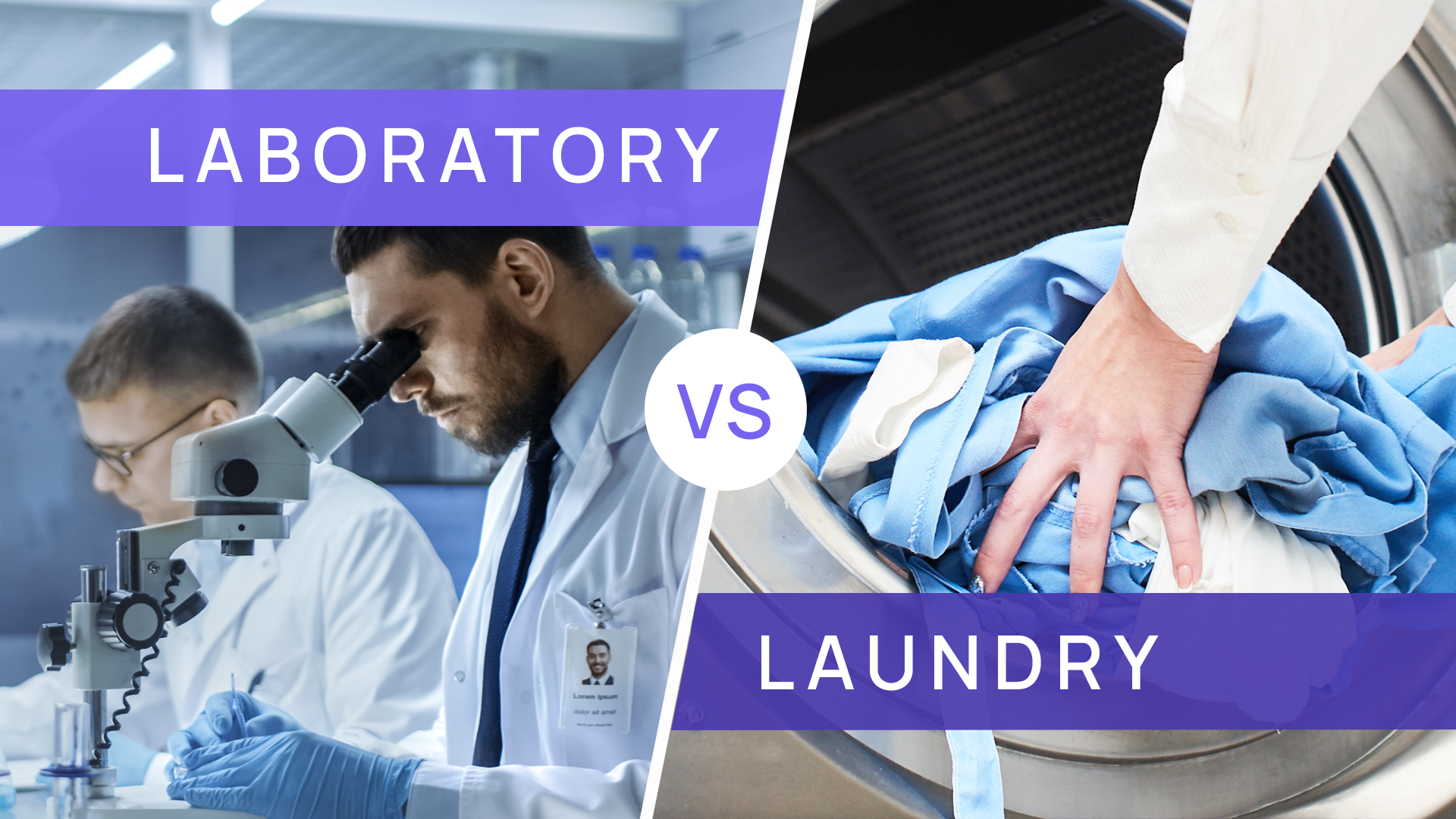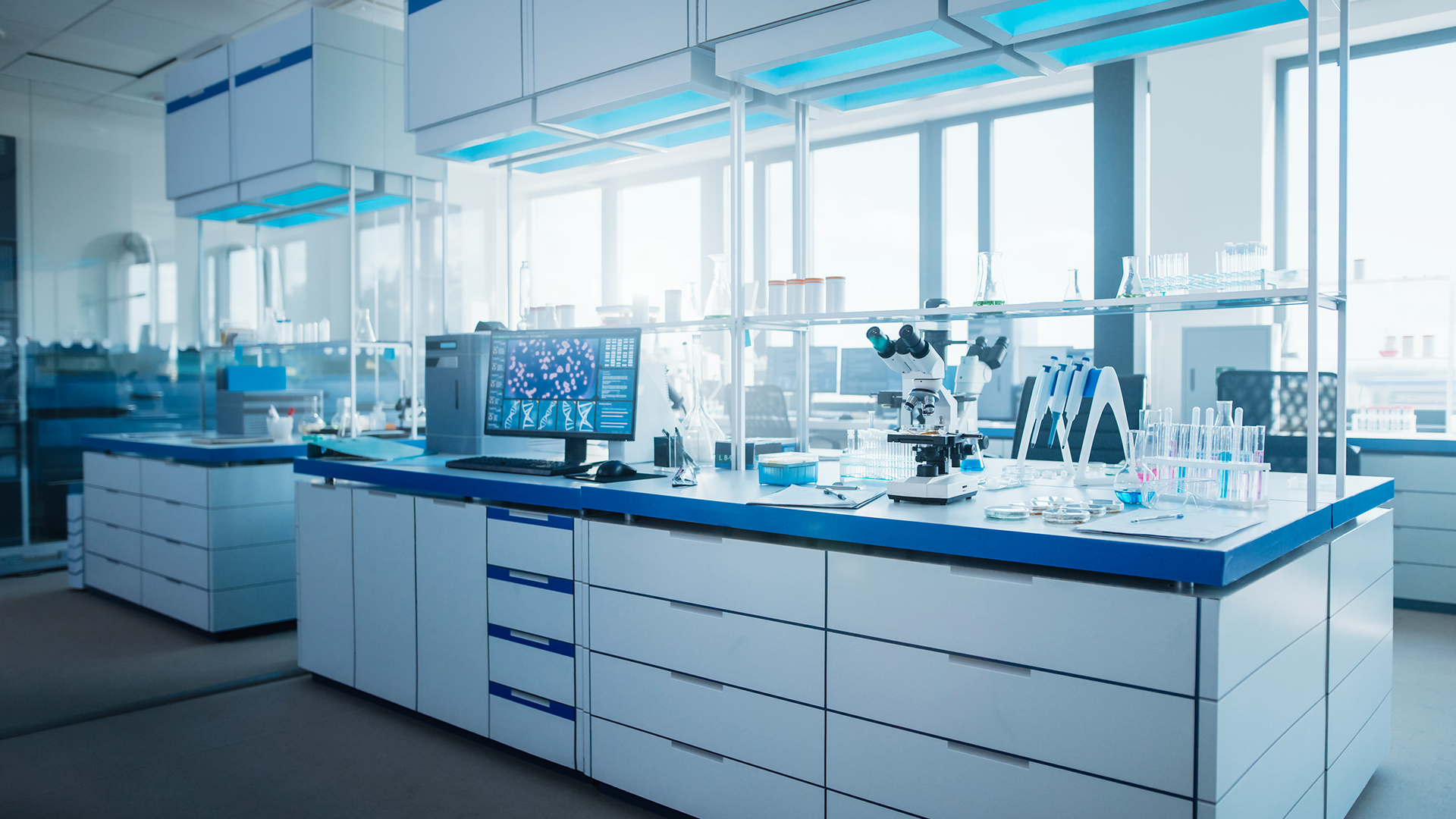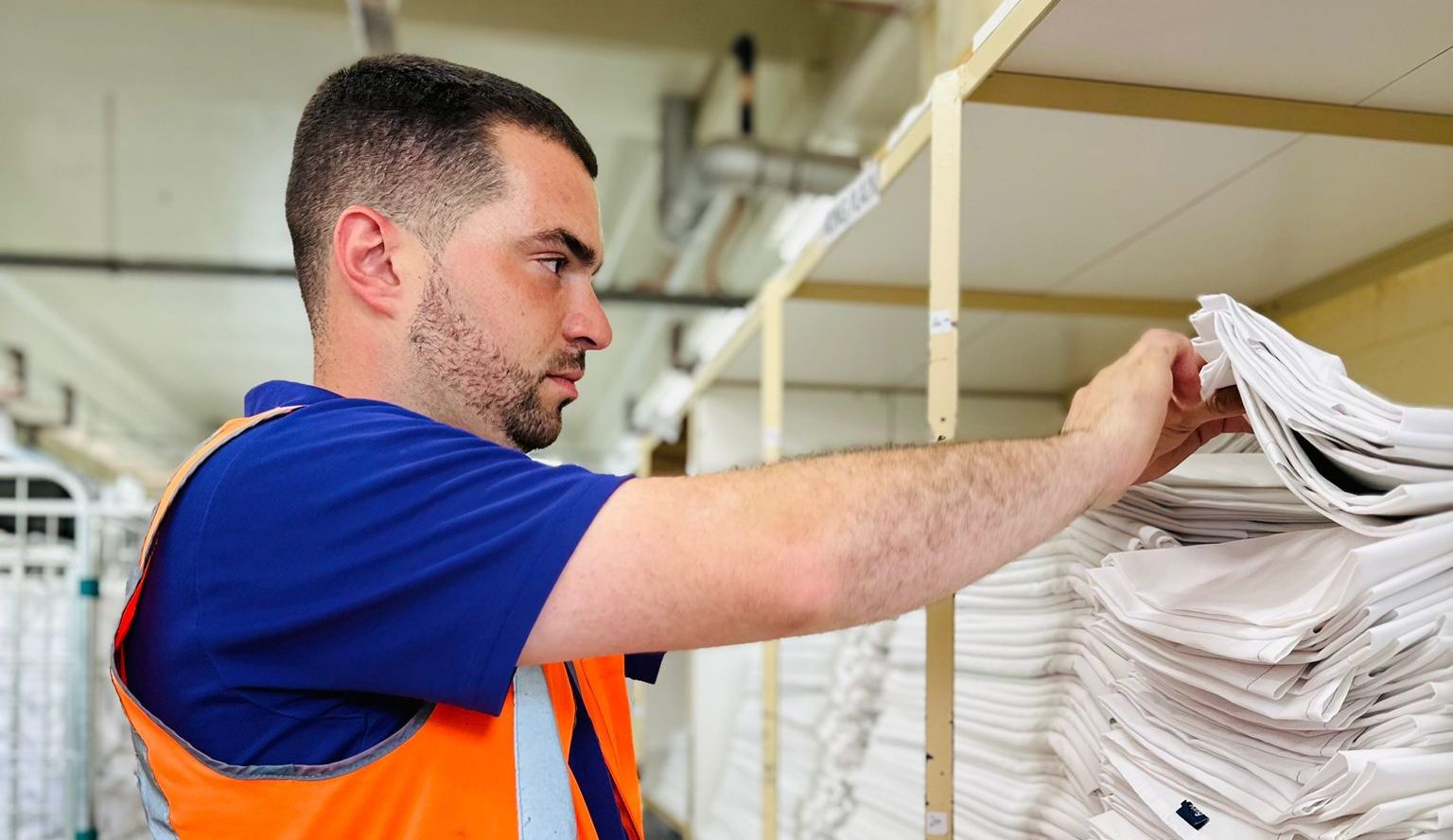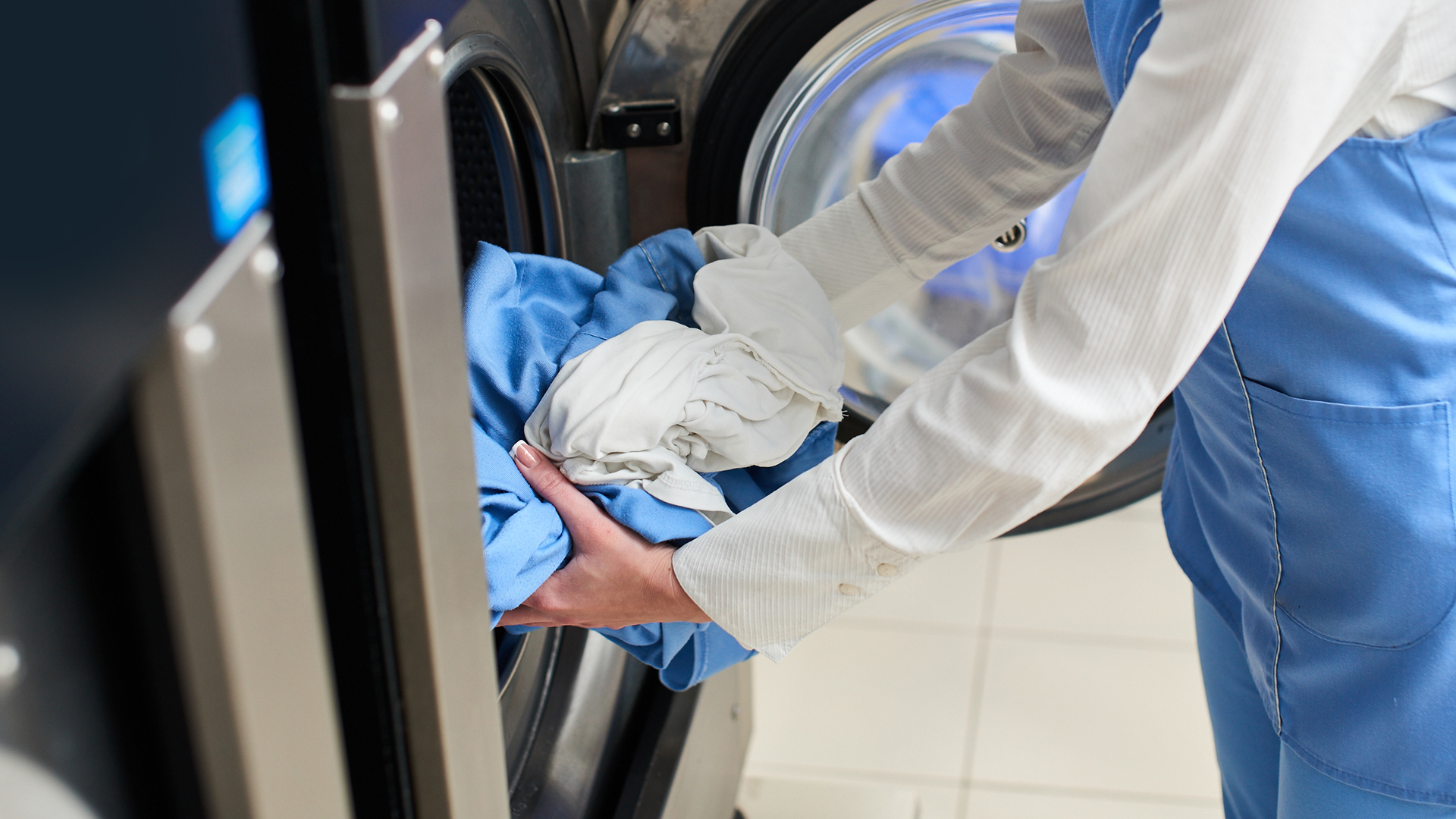The challenges of working in an environment where we cannot control everything, and how we overcome the challenges using Jaycloud data and titration testing…

During my years at University, while studying Chemical Engineering, one of the most crucial aspects we studied was the significance of understanding the variables that can influence the production process. We learned about the impact of each variable on the process and how to maintain control over these variables. Working in an environment where all variables are under control allows for predictability in the final result.
Another vital aspect of dealing with variables in production is knowing how to respond when something deviates from expectations. Having worked in laboratories across different countries and continents, where I tested the quality of products such as medicines and heavy chemicals, I witnessed directly how variables like weather, temperature, water quality, humidity, and elevation can directly affect the final outcome. For each of these variables, we had to adapt the testing methodology and implement new procedures to ensure consistent quality in the final product.

Commercial laundries are no different. There are numerous variables that can impact the end result of a washing process, many of which align with those found in laboratory settings. I like to compare a commercial laundry facility to a vast laboratory, where many individuals collaborate. Predicting the level of soil on linen and understanding the specific soil load present can be challenging. Different types of fabric require distinctly different wash processes, and creating a washing process that efficiently removes soil without causing damage is of paramount importance.

This is where selecting a chemical supplier who provides a robust reporting system becomes crucial. A comprehensive reporting system should offer all the information necessary to maintain control over the process and achieve the desired outcome: clean linen with no stains and minimal wear and tear. Such a system should include data on the quantity of chemicals used in each wash, the chemical injection flow rates/quantity, wash temperatures, washing time, and the temperatures at which chemicals were introduced into the machines.
Testing plays an equally essential role in maintaining control over the process. Evaluating the washing environment where the linen will be introduced by testing parameters such as pH, alkalinity, conductivity, water quality, and temperature significantly enhances the technical specialist’s ability to oversee production. Additionally, it serves to validate the information provided by the reporting system.

The site maintenance team also plays a critical role in the process. Collaborating with the site maintenance team to ensure machinery functions correctly is essential for a successful outcome. This includes monitoring water levels, drain times, washing durations, steam injection, and machine settings, all of which are part of the variable control process that can influence the final result. The technical specialist and the maintenance team must work together to ensure that all variables are under control. This synergy is the most effective way to guarantee high-quality results.
Author: Daniel Miranda
